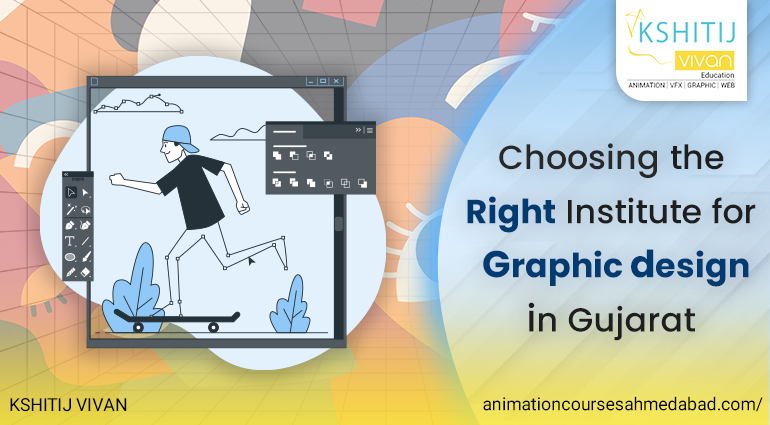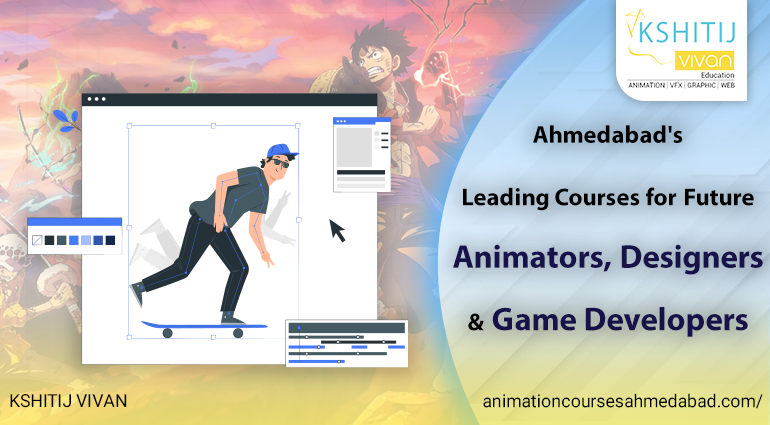
How Animated Movies Are Made? Process of Making Animation
An animated film is a unique form of art, but it's also a massive undertaking.
It takes years to create an animated movie from idea to final product
and even then it still has to be edited, distributed, and watched by people thousands of miles away from the studio
where the movie was made.
In this article, we'll explore
how animated movies are made by looking at some of the steps involved in bringing them to life!
And how animation processes by important elemental steps!
So let's start!
What is Animation?
Animation is the process of creating moving images for film, television, and video games. It is a form of art that uses special effects to create the illusion of movement or characters in a scene.
Process of Making Animation Movies Step by Step
Storyboard
Storyboards are the first process in creating an animated film. They serve as a visual aid for the director,
who can then work with his or her team to create a script that will eventually be translated into animation.
A storyboard is not just a series of drawings illustrating scenes and action from a film;
it also helps visualize how those scenes should be shot, or animated
1) Ideation
ideation is the first step in the process of creating an animated film. It is when you come up with ideas for your film. You might do this by yourself or with others, but everyone involved must agree on what those ideas are.
Ideation can be done by a single person or a group of people
2)Scripting
The script is the blueprint of a film, and it's important to understand that. A script is a written description of the story and how it will be told on screen.
It contains detailed instructions for animators and other production staff,
as well as notes about what actors should do in certain scenes and where they should speak (or not).
Scripting can be done by different people at different times before filming begins
but regardless of who writes it
or when they write it, some common elements make up a good script
3) Layout
The layout is the process of creating a plan for an animated film. The layout artist creates a rough plan of the movement
and timing of the film and then it's passed on to animators who will implement it into their work.
This can be done by hand (or computer) by animators who are given free rein over how things move,
but sometimes it's also done with software such as Maya or 3D Studio Max that allows them to control everything
from posing characters in poses, adding effects like shadows
or raindrops, adding elements like fireflies or leaves falling from trees
all while maintaining consistency throughout all frames!
Production
Production is the process of making a film. It's the most expensive part of making an animated film and can last up to three years.
This is where all of your artwork, models, sets, and actors are created.
It's also where you hire your voice actors (who will be recording their lines while they're on set).
1) Modeling
Modeling is the process of creating 3D models from 2D drawings, or 3D scans of real objects.
Models can be created using a wide range of software, including Blender and Maya.
Modeling is often done in combination with texturing
and rigging (to create animation rigs) to create an animated film's character.
To model characters accurately,
they must be given a variety of appearances
Examples:
- facial expressions and
- body types
2)Texturing
Texture mapping is the process of applying a texture to a 3D model. Textures can be used to add detail and realism to a model,
as well as provide visual interest.
The first step in texturing is preparing your mesh for texturing. This involves removing any unnecessary polygons from the mesh and smoothing out any rough edges.
Next, you'll want to apply an image map over top of your prepared meshes
so that all surfaces will have different materials applied according to their intended use
You'll also want to check out this tutorial on how to create these texture maps.
3) Lighting
Lighting is one of the most important elements to consider when putting together an animated film.
The lighting used in animation can be used to create mood and atmosphere, as well as create shadows and depth for your characters.
It can also be used to introduce highlights or textures on objects like hair that are difficult or impossible to animate without it.
4) Voice acting
Voice actors are the people who provide the voices for animated characters,
often being paid per line or by the hour.
Many different types of voices can be added to a film:
children’s voices, senior citizens' voices, foreign accents, and dialects...the list goes on!
A good way to find out who will do what role is by asking around at auditions
or finding someone whose work you like online (such as YouTube channels).
5)Timing
Animation is about timing. The movement of characters, the story,
and the music all need to be timed for an animated film to work. Animation is about timing because it's a visual medium.
Animation lets you tell stories with your eyes instead of just words on paper or screen
and if your animation doesn't feel right then no amount of writing will make it better!
6) Soundtrack
Music is an important part of an animated film.
And you're right!
Music can make or break a movie, and it's one of the things that makes animation so exciting to watch.
To create music for an animated film,
composers have to work with animators and storyboard artists
who are also working on different aspects of the project.
The composer will then write a score based on their understanding of how characters move through space,
what they look like in closeup shots, and how they speak their lines so that they can be used effectively
when animating those movements or words spoken at certain parts of the script (like dialogue).
Clean-up
Clean-up is the process of making sure that your animation is consistent. It's also the last stage of animation, and it happens after everything else has been completed.
While you may think of clean-up as merely fixing mistakes
or adding additional frames for an already finished piece,
many different things can go into cleaning up an animated film:
- Changing positions or direction of characters to make them feel more natural
Removing parts of a scene (such as dialogue) if they aren't needed anymore
Finalization
Once you've finished your film, it's time to finalize it. This is the process of checking for errors and making sure every part of your movie has been set in place.
Finalization can take several weeks or more
depending on how many revisions need to be made and how long it takes them to go through all those revisions.
It's also important that you don't rush this step;
rushing through things can lead to mistakes that will have to get fixed later on down the line when testing begins!
Creating an animated movie is a lengthy process.
Creating an animated film is a lengthy process. The creators will start by creating a storyboard
and then move on to developing the script,
creating the characters and scenery that will be used in their movie.
After this stage has been completed,
they will begin working on animating each scene so it can be filmed using computer technology
or hand-drawn animation techniques depending on what works best for them.
The movie may be finished once all of its parts have been created or
it could require another round of production where additional elements are added such as sound effects and music
before being released into theaters or online over-the-top platforms such as Netflix or Amazon Prime Video!
Conclusion
Hopefully, we have given you a brief introduction to the process of creating an animated film.
It can be a long and arduous process but an exciting one as well. You’re going to need patience, dedication,
and passion to see it through because there are many steps involved in making this type of movie!
If you are interested in learning the process to make an animated movie in a practical way then you may enroll in Kshitij Vivan's Animation & Film Making Course At Ahmedabad.
Or contact us for more info :@ 9137440042



